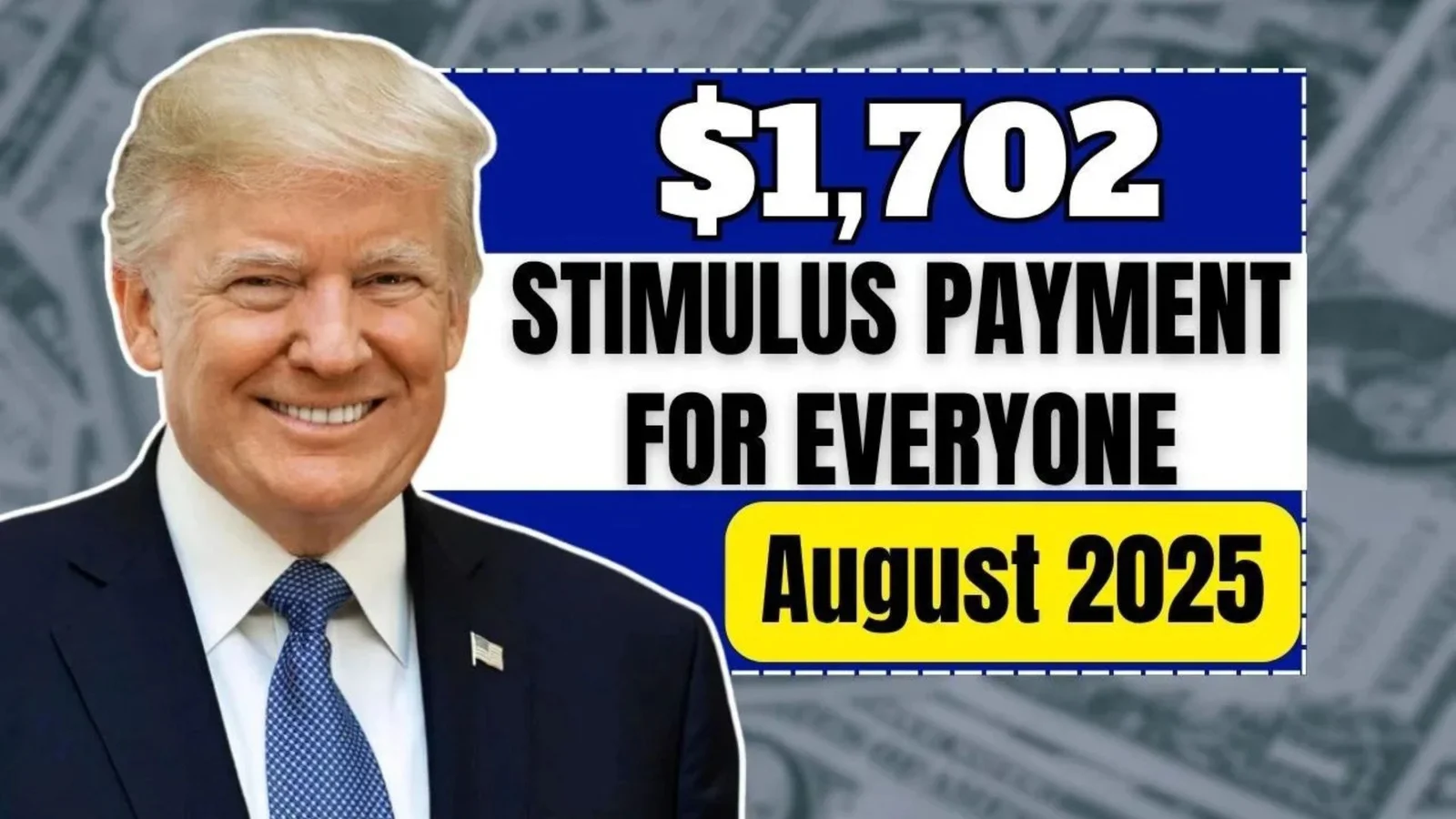In August 2025, thousands of eligible Alaskans will receive a $1,702 stimulus payment through the Alaska Permanent Fund Dividend (PFD) program.
This annual payout, which combines oil revenue profits with an energy relief bonus, helps residents manage rising living costs like food, fuel, and housing.
Here’s the updated schedule, eligibility rules, and application details — explained in plain English.
What Is the $1,702 Alaska Stimulus Payment?
The $1,702 payment is part of Alaska’s Permanent Fund Dividend, a program that has been sharing state oil revenue with residents since the early 1980s.
For 2025, the payout includes two parts:
- Regular Dividend: $1,403.83 (based on 2024 fund earnings)
- Energy Relief Bonus: $298.17 (to offset high energy costs)
Together, they support around 600,000 residents, making it one of the largest per-capita state payouts in the U.S.
Who Qualifies for the $1,702 Payment?
To be eligible for the August 2025 payout, you must meet all of these criteria:
- Residency: Lived in Alaska for the entire 2023 calendar year.
- No Other Residency Claims: You cannot have claimed residency or received benefits from another state or country after Dec 31, 2023.
- Clean Legal Record: No felony convictions or certain misdemeanors in the past year.
- Time in Alaska: You must not have been outside Alaska for more than 180 days in 2023.
These requirements ensure the payment supports long-term Alaskans who contribute to the state economy.
August 2025 PFD Payment Schedule
Payments depend on your application status in the PFD system. If your application is marked “Eligible – Not Paid” by the date listed, you’ll receive your payment on the corresponding distribution date.
| Application Status Date | Payment Date |
|---|---|
| June 11, 2025 | June 18, 2025 |
| July 9, 2025 | July 17, 2025 |
| August 13, 2025 | August 21, 2025 |
| September 3, 2025 | September 11, 2025 |
Key Notes:
- The August 21, 2025 round is the next major payout.
- If you miss an earlier date, you can still get paid in later rounds once your application is approved.
How to Apply for the Alaska PFD
The deadline to apply for the 2024 PFD was March 31, 2024.
If you missed it, you can apply for the 2026 PFD between January 1 and March 31, 2026.
Application Steps:
- Visit the official site: pfd.alaska.gov
- Log in to “myPFD” and complete the online form with accurate details.
- Update your address online or via the Change of Address form if needed.
- Check your application status regularly to confirm approval.
Why This Payment Matters
With inflation pushing up the price of groceries, utilities, and fuel, the PFD provides a critical financial cushion for Alaska households.
For many, the payment helps cover basic needs — for others, it offers a chance to save or pay off bills. It also boosts the local economy through increased spending.
Common Misconceptions
- Not a Federal Stimulus: Despite some misleading headlines, this is not a nationwide payment.
- Alaska Residents Only: You must meet strict residency and legal requirements.
- Not Automatic: You must apply and be approved for the PFD to get the money.
How to Check Your Payment Status
- Go to pfd.alaska.gov
- Click “myPFD” and log in.
- Check your application and payment status.
Keeping your contact information updated will help ensure you don’t miss your payment.
Is the $1,702 Payment Taxable?
Yes — in many cases, the IRS treats the PFD as taxable income.
Your personal situation will determine the tax impact, so consult a qualified tax advisor before filing. See IRS guidance for more details.
FAQs – Alaska PFD $1,702 Payment
Who’s eligible?
Alaska residents who lived in the state for all of 2023, have no disqualifying criminal record, and meet residency requirements.
When is the next payout?
August 21, 2025, for those marked “Eligible – Not Paid” by August 13, 2025.
Can non-Alaskans get it?
No — it’s exclusive to Alaska residents.
How do I apply for the 2026 PFD?
Applications open January 1, 2026, and close March 31, 2026, at pfd.alaska.gov.
Final Takeaway
The $1,702 Alaska stimulus payment is more than just a check — it’s a direct benefit from the state’s oil wealth, helping residents manage rising costs.
By knowing the eligibility rules, keeping your application up to date, and checking your status, you can make sure you get the payment you’re entitled to.



